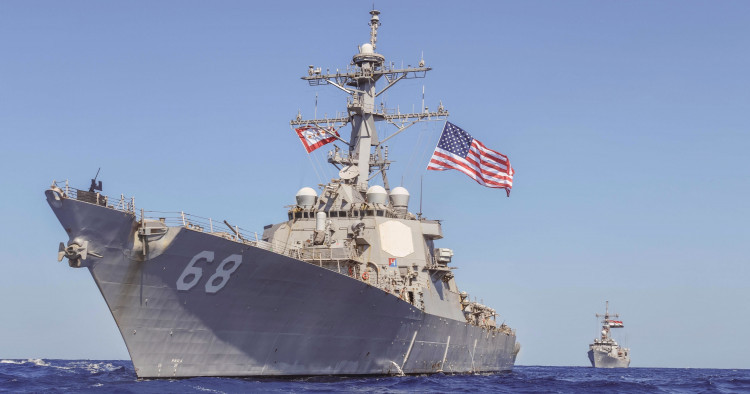With its strategic prioritization of the Indo-Pacific and European theatres, the United States has had to significantly adjust its defense posture in the Middle East through new concepts and procedures to safeguard collective security interests.
The result is at least the beginning of a more dynamic and flexible approach to military deployment in the US Central Command (CENTCOM)’s Area of Responsibility. Instead of emphasising large and permanent basing, the United States will surge assets and resources from other locations depending on threats and needs.
Early signs of execution of this dynamic force employment approach came in early July when in response to increased Iranian threats to the free flow of goods in Gulf waters, US Secretary of Defense Lloyd Austin ordered the deployment of the USS Bataan Amphibious Readiness Group/Marine Expeditionary Unit, F-35s, F-16s, and the USS Thomas Hudner guided missile destroyer.
Continue reading on Al Majalla
U.S. Navy photo by Lt.j.g. Kelly Harris
The Middle East Institute (MEI) is an independent, non-partisan, non-for-profit, educational organization. It does not engage in advocacy and its scholars’ opinions are their own. MEI welcomes financial donations, but retains sole editorial control over its work and its publications reflect only the authors’ views. For a listing of MEI donors, please click here.













